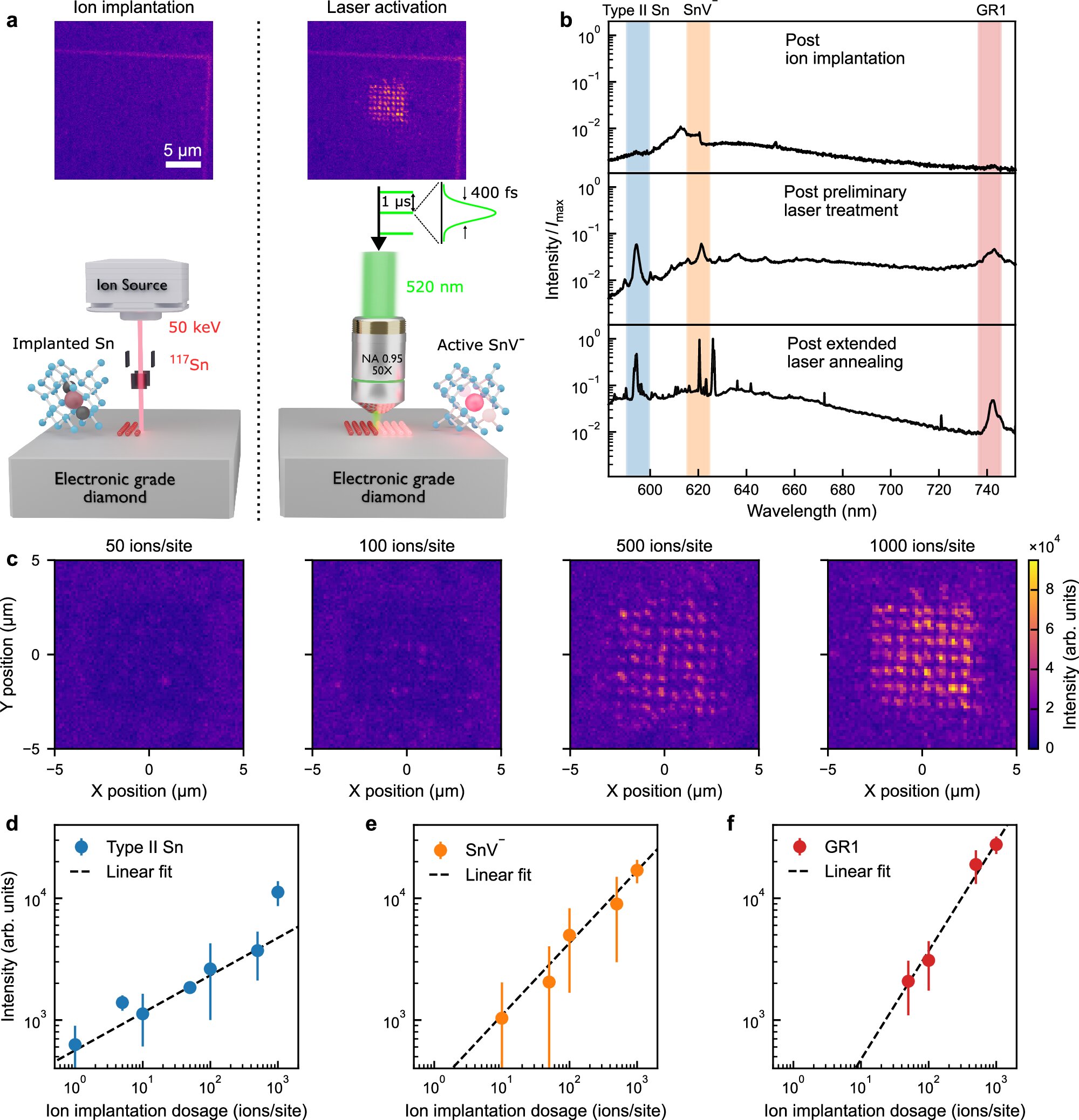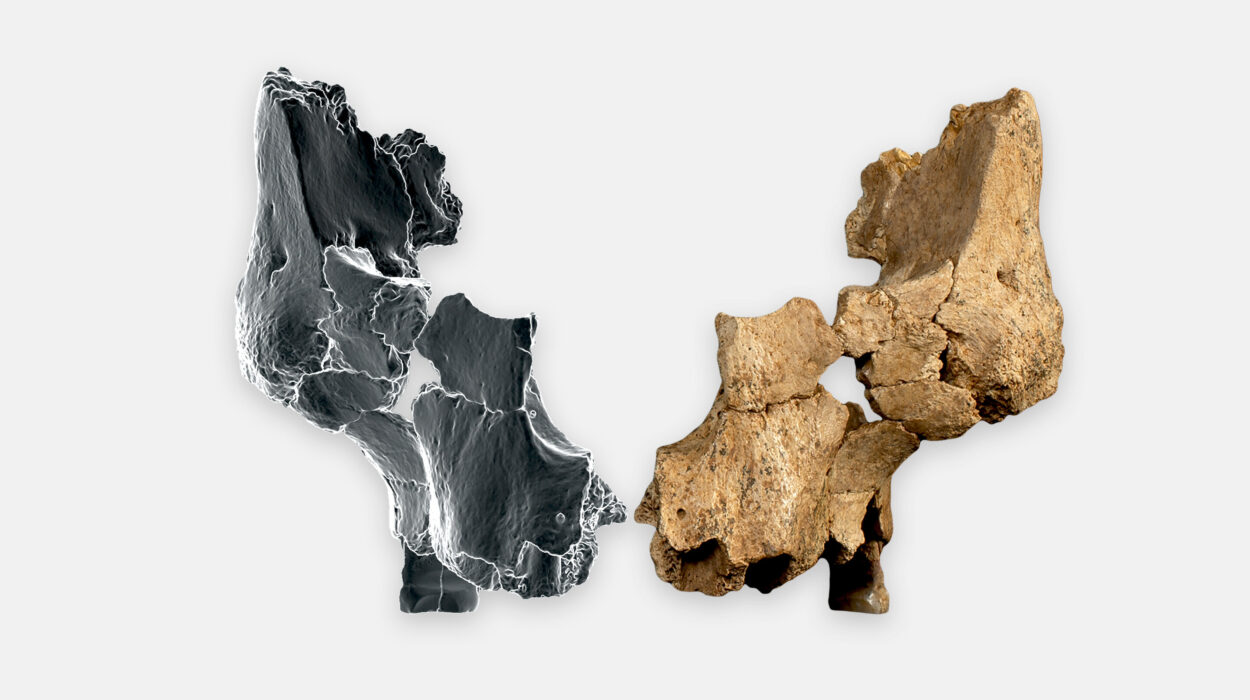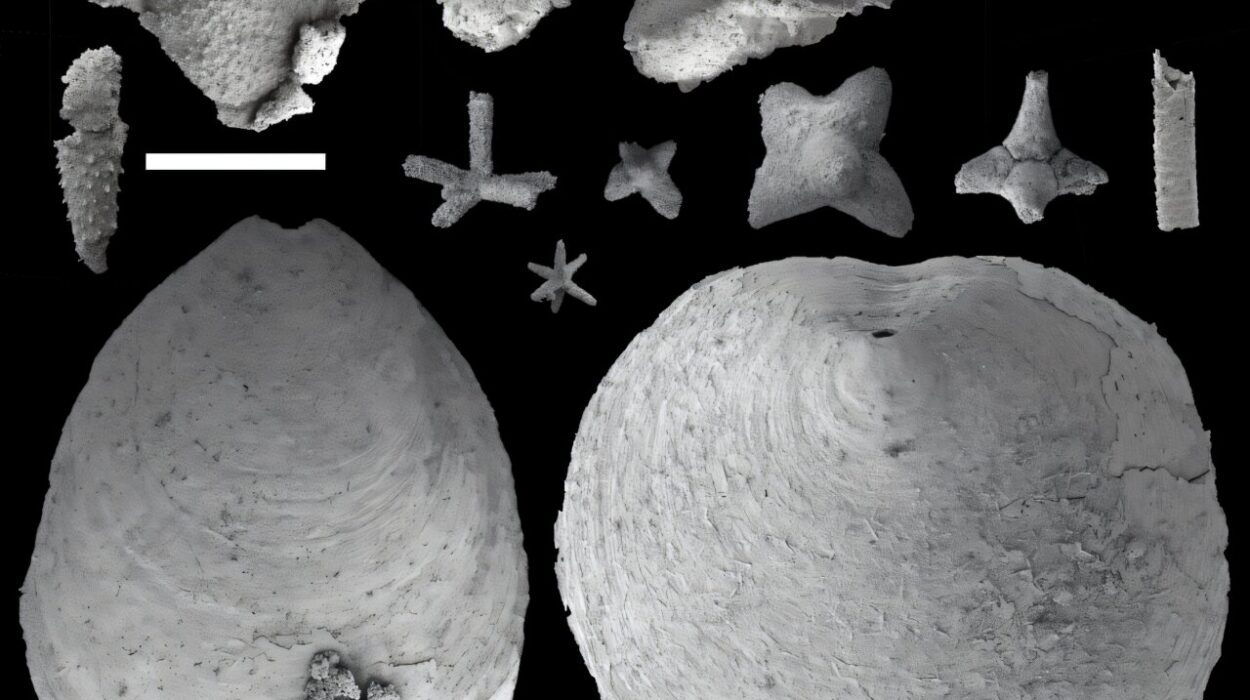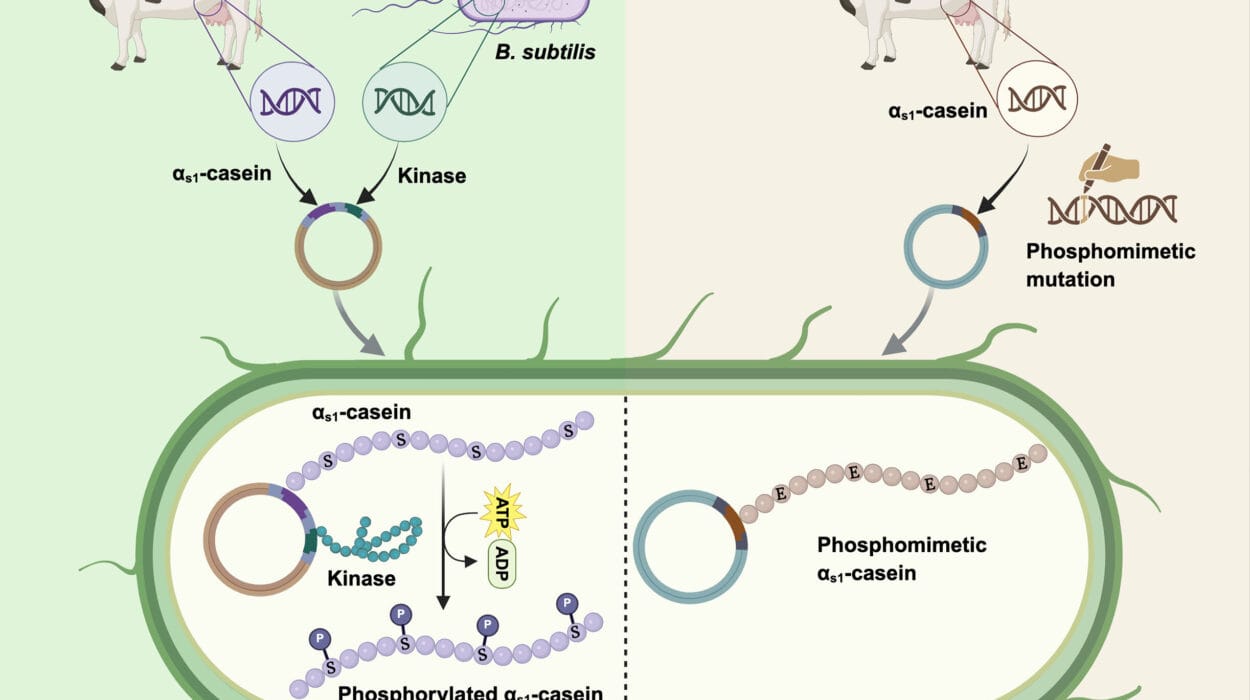Beneath the surface of one of nature’s most pristine materials—a diamond—scientists have triggered a quiet revolution. In a groundbreaking study, researchers from the Universities of Oxford, Cambridge, and Manchester have developed a method to precisely engineer and observe single quantum defects in diamond crystals as they come to life. This marks a pivotal advance in quantum materials and technology, moving us closer to a future of ultra-secure communication and distributed quantum computing.
Published in the journal Nature Communications, the study unveils a two-step technique that not only implants single atoms of tin into synthetic diamond but also allows researchers to activate and monitor them in real time. These carefully crafted imperfections—known as Group-IV quantum defects—could serve as the foundation for the next generation of quantum networks.
“It’s like lighting up a tiny beacon inside the diamond and watching it blink to life,” said Professor Jason Smith, a co-author of the study from Oxford’s Department of Materials. “For the first time, we can actually witness quantum defects as they form. That level of control is a dream come true for building scalable quantum devices.”
Diamonds, Defects, and the Quantum Frontier
To understand the significance of this research, one must first appreciate the role of defects in the quantum world. In classical materials science, a defect in a crystal lattice—where an atom is missing or replaced—is often seen as a flaw. But in the realm of quantum physics, certain defects become gateways to entirely new behavior.
These specialized flaws, known as color centers, can absorb and emit light in remarkably stable and controllable ways. In diamond, color centers based on Group-IV elements—such as silicon, germanium, and tin—are particularly prized. They act as spin-photon interfaces, able to connect quantum bits (qubits) of information stored in an electron’s spin with particles of light (photons), a vital function for transferring quantum data across a network.
Among them, tin-vacancy centers are thought to have the most promising combination of stability and symmetry—traits crucial for long-distance quantum communication. But reliably creating and activating these defects at the level of individual atoms had remained elusive—until now.
A Two-Step Method with Atomic Precision
The new breakthrough hinges on a method that offers both pinpoint accuracy and real-time feedback. First, researchers used a focused ion beam—a tool akin to an atomic airbrush—to implant tin atoms into specific positions within the diamond’s lattice. This was done with nanometer-scale precision, far finer than the width of a human hair.
Then came the laser annealing process. Using ultrafast laser pulses, the team activated the implanted atoms without damaging the crystal structure. But what truly set this work apart was their ability to monitor the light emitted from the defect as it formed—live, as it happened.
“This is a quantum leap in fabrication,” said Dr. Andreas Thurn, a co-author from the University of Cambridge. “Our method allows in-situ control and spectral feedback during activation. That means we don’t have to wait and hope—we can see, in real time, exactly when a defect becomes a functional quantum emitter and tune the process as needed.”
Such feedback loops offer an unprecedented level of control in building quantum systems, a necessity for building large arrays of qubits and connecting them over long distances.
Creating Quantum Objects on Demand
Beyond just activating known defects, the team also observed and manipulated a new and previously elusive structure—dubbed “Type II Sn.” This discovery opens up new avenues in understanding how quantum defects behave and interact within the diamond matrix.
“This work doesn’t just demonstrate technical prowess—it deepens our understanding of how these systems work at the atomic level,” said Professor Richard Curry of the University of Manchester. “We can now create quantum objects on demand using methods that are reproducible and scalable. That’s exactly what’s needed to transition quantum technologies from the lab to real-world applications.”
Importantly, the team’s methods are not limited to diamond. The same principles could be extended to other wide-bandgap materials, including silicon carbide, which are also strong candidates for hosting robust quantum emitters.
From Lab Bench to Quantum Networks
The implications of this breakthrough extend far beyond the confines of the lab. By gaining precise control over the creation and placement of quantum defects, scientists now have a powerful new tool for building the foundation of quantum networks—systems that could one day surpass the internet in security and performance.
In such networks, quantum nodes—each powered by a stable defect in a diamond—could securely transmit data encoded in quantum bits, fundamentally impervious to eavesdropping due to the laws of quantum physics. Unlike classical networks, which rely on copying and amplifying data, quantum systems use entanglement and superposition to create direct, tamper-proof connections.
But to achieve this, the quantum hardware must be built with atomic perfection. That’s where this new study shines. It demonstrates that scalable, controllable, and repeatable fabrication of quantum defects is no longer a dream but a reality.
A Glimpse Into the Quantum Future
For now, these systems remain experimental, but the implications are profound. Secure quantum communication networks could revolutionize cybersecurity. Distributed quantum computing—where multiple quantum machines work together—could unlock problems in drug discovery, materials science, and climate modeling that are currently unsolvable.
And with each defect carefully etched into the diamond, scientists are not just building quantum machines—they are writing the next chapter of physics, atom by atom.
The path forward won’t be easy. Scaling these systems, integrating them with existing infrastructure, and developing protocols for global quantum communication will take time. But thanks to this new method, the foundation is clearer—and far more precise—than ever before.
“This is more than a fabrication technique,” Professor Smith said. “It’s a way to build the future, one quantum dot of light at a time.”
Reference: Xingrui Cheng et al, Laser activation of single group-IV colour centres in diamond, Nature Communications (2025). DOI: 10.1038/s41467-025-60373-5






